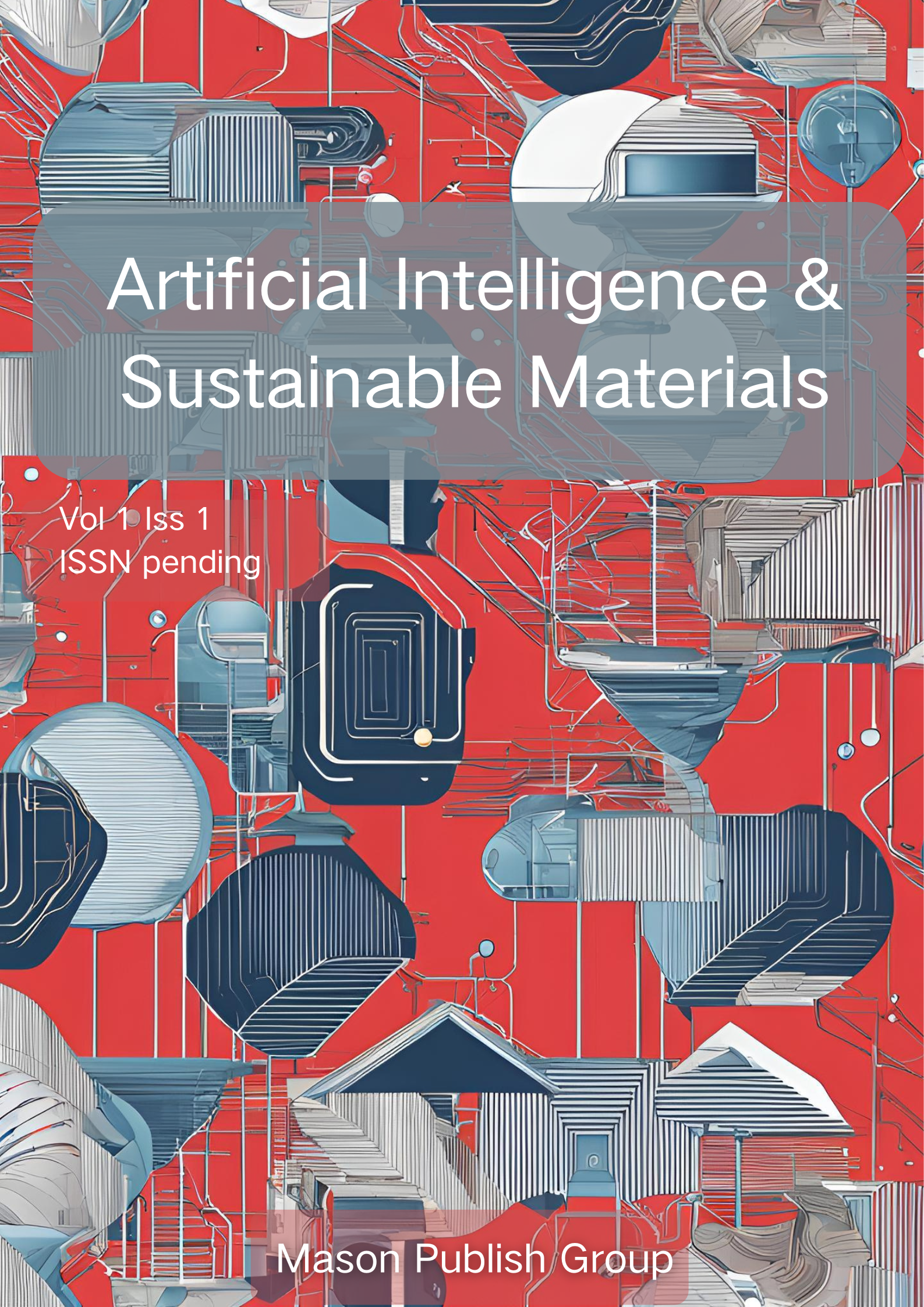The Mechanical Properties of Ultra-High Performance Concrete
Keywords:
Ultra-High Performance Concrete; Concrete Manufacturing Process; Ensemble-based Outlier Detection; Multiobjective Feature Selection; Data-Driven ModelingAbstract
Ultra-High Performance Concrete (UHPC) surpasses conventional concrete in performance. However, producing UHPC with consistent mechanical properties, even with an identical recipe, remains challenging. The quality of UHPC can be significantly influenced by material quality, environmental factors, and human intervention during large-scale production. This study, for the first time, takes a holistic view of the UHPC manufacturing process to investigate the impact of material quality, environmental conditions, measurement errors, and mixing and curing conditions on the final mechanical properties. This comprehensive approach to the UHPC manufacturing process presents two challenges. First, there is no publicly available dataset for this research. Therefore, 150 experiments were conducted, measuring both Compressive and Flexural Strength after 28 days of curing, resulting in two experimental datasets for this study. Second, this wide view increases data dimensionality and, coupled with the high cost of UHPC experiments, yields sparse data. Traditional evolutionary algorithms, while effective in feature selection, struggle in high-dimensional, small-sample data. To address this, an Informed Non- dominated Sorting Genetic Algorithm II (I-NSGA-II) is developed in this study, incorporating domain-specific knowledge to enhance prediction accuracy and solution stability. Comparative evaluations using different machine learning algorithms on the two experimental datasets and a dataset generated by a test function demonstrated the significant superiority of I-NSGA-II over the classic NSGA-II. Finally, the significance of each studied parameter on the mechanical behavior of UHPC is discussed.
Downloads
Published
How to Cite
Issue
Section
Categories
License
Copyright (c) 2025 Artificial Intelligence and Sustainable Materials

This work is licensed under a Creative Commons Attribution 4.0 International License.
Creative Commons Attribution International License (CC BY 4.0). (http://creativecommons.org/licenses/by/4.0/)





